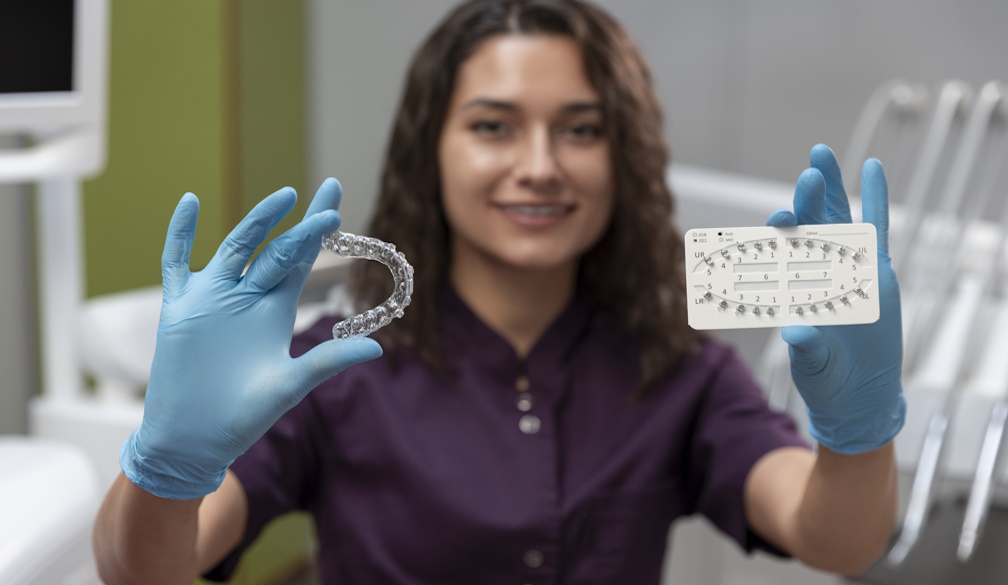‘too many Aboriginal babies’ – Australia’s secret history of Aboriginal population control in the 1960s
- Written by Laura Rademaker, ARC DECRA Research Fellow, Australian National University

Aboriginal and Torres Strait Islander readers are advised this article may contain images of deceased people. It contains mentions of the Stolen Generations, and policies using outdated and potentially offensive terminology when referring to First Nations people.
The 1967 referendum is celebrated for its promise that First Nations people of Australia would be counted. But when they were, many white experts decided the Aboriginal population was growing too fast – and took steps to stop this growth. This was eugenics in the late 20th century.
The costs were borne by Aboriginal women who faced covert government family-planning programs, designed ostensibly to promote “choice”, but ultimately to curb their fertility.
For decades, Indigenous communities have spoken of the coercive practices of officials and medical experts around birth control and sterilisation, and how they experienced them. Now historians are finding evidence of these practices in the government’s own records from as recently as the 1960s and ‘70s.
The history of birth control is not just a story of women’s emancipation. Birth control has never been just about the rights of individual women to control their fertility. It has also been a tool of “experts” and authorities as they attempt to shape the population through the so-called “right kind” of babies. The birth of children of colour, children with disability or children born into poverty has, at various times, been considered by such “experts” as a problem to be managed.
Fighting to have and raise children
First Nations scholars such as Jackie Huggins and Aileen Moreton-Robinson have resoundingly criticised the simple story of birth control as liberation. They argue that, while white women demanded contraception and abortion, Aboriginal women have insisted on their right to have and raise their children.
Since colonisation began, Aboriginal women have fought for this right. The Aboriginal population plummeted through the 19th century, through disease and violence: it was a battle for survival.
Until the middle of the 20th century, white Australia largely presumed Aboriginal people were a “dying race” – and that all that could be done were attempts to “smooth the dying pillow”, through missions and other “protectionist” policies. Later, these morphed into attempts to assimilate those who survived into white Australia.
In the 1920s and '30s in particular, many white Australians were preoccupied with the birth of so-called “half-caste” children, fearing they might undermine the possibility of a white Australia. Eugenic policies that prohibited marriage between First Nations and non-Indigenous people attempted to prevent the birth of these children.
Most Australians are now familiar with the devastation caused by genocidal policies of child removal that resulted in the Stolen Generations. But fewer people know that eugenic practices seeking to limit Aboriginal populations continued even in the second half of the 20th century.
The growing Aboriginal population
When the 1966 census results were published in November 1967, they told a new story about the Aboriginal population: it was growing, rapidly. Further reports of population growth soon flowed in.
In August 1968, the Canberra Times reported the Aboriginal birth rate was “twice the Australian average” and the “full-blood” birth rate would soon “equal or exceed the rate of the part-Aborigines”.
University of New South Wales ethno-psychiatrist John Cawte described an Aboriginal “population bulge in some places and an explosion in others”. In his 1969 letter to the Courier Mail, professor of preventative medicine at the University of Queensland, John Francis, predicted an Aboriginal population of 360 million by 2200 if current birth rates continued.
Likewise, Jarvis Nye, a founder of the prestigious Brisbane Clinic, described the “alarming situation in the quality of our young Australians”. He wrote that Aboriginal people were having “much larger families than our intelligent and provident European and Asian citizens”. Nye advocated providing “instruction in contraception” and free intrauterine devices (IUDs) and sterilisation to Aboriginal people.
In 1969, alarm around the Aboriginal birth rate escalated into national politics. Douglas Everingham, Member for Capricornia (and later minister for health in the Whitlam government), agreed the “aboriginal birth rate is excessive”. He suggested free sterilisation.
These concerns focused, particularly, on Aboriginal infant mortality, frequently presumed to be caused by a high birth rate. Academics Broom and Lancaster Jones found Aboriginal infant mortality was double that of white children. In central Australia, it was “ten times the white Australian rate”.
Nevertheless, they also noted that the Aboriginal population continued to rise despite high infant mortality. Concerned by the overall growth in the Aboriginal population (not simply by infant mortality), Francis criticised the provision of services to Aboriginal communities that reduced infant mortality without providing parallel measures to reduce fertility.
'Family planning’ in remote communities
In July 1968, the Northern Territory Administration’s Welfare Branch and the Health Department outlined their plans for Aboriginal women.
Pilot projects would address the supposed “special problems” of family planning education “among unsophisticated Aboriginals in remote locations”. The minister warned this would be “sensitive”. He was aware of Aboriginal communities’ claims that family planning was, as he put it, “a white plot to wipe out the Aboriginal race”.
So “family planning” projects went quietly ahead under the Department of Health and the Northern Territory administration, with pilot projects on settlements and missions.
One began at Bagot in January 1968, with initial appointments for inserting IUDs. In 1968, a family planning “pilot project” was established at Warrabri Settlement. Another was established in 1969 at Bagot Hospital. The district welfare officer reported that at Bamyili (now Burunga) “of these, only two are socio-medical cases for whom some direct persuasion was made”.
The form of this “direct persuasion” is unclear, but it indicates Aboriginal women were directly encouraged to control their fertility if they did not make the “choice” the white officials wanted for them.
As for the method of contraception, the strong preference of practitioners and bureaucrats was IUDs. An IUD was long-lasting and crucially, it did not depend on correct daily use. Staff acknowledged the logistical difficulties of IUD insertion procedures in remote locations. The health professionals’ preference for IUDs came from their assumptions about Aboriginal women’s capacity and willingness, rather than from the women’s expressed preferences.
The Director for Welfare in the Northern Territory, Harry Giese, assessed the success of the “family planning” projects by the percentage of the Aboriginal women who had adopted contraception – not by counting the proportion who had the opportunity to make an informed choice. Around 250 women out of 4,500 (5.5%) were participating in a family planning programme by 1972.
What kind of ‘choice’?
So, did these women have a “choice” about their fertility? The government’s records give us little information on what these women understood about the medical procedures “recommended” to them. But these “recommendations” and “encouragements” were presented to women at a time when the Director of Welfare still controlled intimate details of their daily lives.
These included where they worked, whether they could travel, who they married, where their children would be educated and – perhaps most significantly – whether they would retain custody of their children. All these decisions fell under the sweeping authority of the Director of Welfare.
Aboriginal women’s “choice” around fertility took place in a context where women did not have freedom to raise their children, where Aboriginal motherhood was routinely denigrated and where white “experts” spoke openly of “too many Aboriginal babies”.
In this context, we conclude that policies of family planning were coercive. But there is another, more hopeful, side to this story.
As this was happening, more and more Aboriginal people moved to cities and found opportunities to network, organise and become activists. Although governments turned to “family planning” services to curb the growth of the Aboriginal population, Aboriginal women found their own opportunities.
In the 1970s, Aboriginal leader Shirley Smith argued for government funding for family planning to be handled by the Aboriginal Medical Service. This funding was increasingly transferred to the Aboriginal Medical Service throughout the 1970s. First Nations leaders such as Marcia Langton worked through the Aboriginal Medical Service to restore power and dignity to Aboriginal women.
Community-controlled health services have been a way for Aboriginal women to reassert control over their health decisions – and a powerful driver of First Nations self-determination.
What about today?
But where does the right of First Nations women to mother their children stand today?
Even now, the rates of First Nations children in out-of-home care are shocking: (43% of children in out-of-home care are Indigenous). We are witnessing a new “stolen generation”.
When First Nations women still make fertility decisions within a broader context of high rates of child removal and domestic abuse, we must ask what kind of “choice” is available to them.
Given the long tail of eugenic and discriminatory policies in Australia, it is all the more important that First Nations people are able to access community-controlled healthcare reflecting holistic First Nations approaches to health – especially when it comes to women’s health.
Healthcare for First Nations women, run by and for First Nations people, is the best context for women to be able to make their own fertility decisions.
Despite government efforts to slow the growth of the Indigenous population, we are seeing more people than ever identify as Indigenous – and the First Nations population is still growing. Australia is better for it.
If you or anyone you know is experiencing mental health challenges, please contact WellMob. This resource has a list of culturally safe organisations for First Nations people.
Authors: Laura Rademaker, ARC DECRA Research Fellow, Australian National University



















